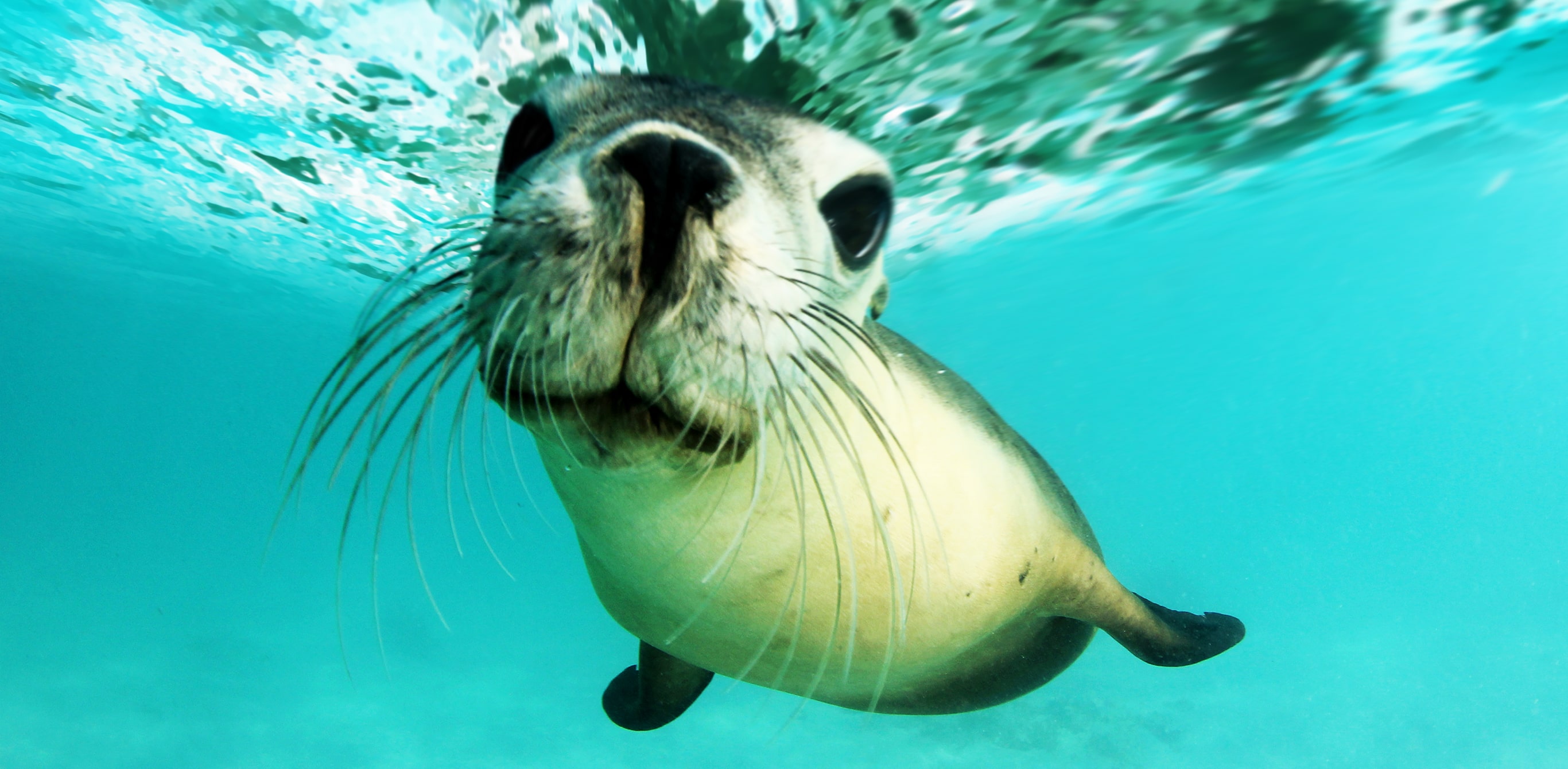Seals are a keystone species in helping maintain the balance in marine ecosystems across the world. From helping keep the food chain in line, feeding on various types of fish, squids and other marine animals, to providing the ultimate energy boost to larger predators such as orcas, polar bears and sharks – they’re contribution is undoubtedly important.
That’s not all they do though! These majestic creatures can also be called the gardeners of the oceans. Over the last few years, marine biologists have been studying the various contributions different marine life bring to the table. They’ve found that seals, throughout their travels, explorations or even while they’re out hunting for food, help generate, and spread nutrients to the far corners of the ocean – which help in feeding smaller marine life, growing vegetation (and homes for smaller fish), as well as spreading those organic materials to nutrient-limited islands. They’re all about promoting the marine ecosystem’s stability!
Are the kids as big of fans of seals as we are? Well, here are just a few fun facts that they’d definitely enjoy. We did!
- There are 33 different types of seals you can find across the world. Each species has its preferred habitat, which is why you can find them in both warm, and freezing bodies of water.
- Seals are mammals! Well, to be more specific, as these beautiful creatures spend their life covered in fur, are born on land, and drink milk as babies, they’re technically referred to as semiaquatic mammals!
- This one’s cute, baby seals are called… pups!
- They live a balanced lifestyle, spending as much time in the water as they do on land. And yes, they can sleep while submerged!
- Seals don’t have legs, they have flippers, which makes them rather clumsy on land.
- Seals are able to regulate their internal temperatures on command, which, when combined with a thick layer of blubber, allows them to swim in the depth of the iciest waters!
- Seals are natural-born divers, going down as deep as 900 meters on occasion!
- The heaviest seals ever recorded weighed upwards of 4 tons. That’s almost the same size as a hippopotamus… yikes!
- On the other end of the spectrum, Galapagos seals are the smallest. Measuring an average of 3 feet in length, and weighing just under 100 pounds.
- In the wild, seals can live up to 30 years!
- Here’s a fun one. Male seals are called bulls, while female seals are called, you guessed it… cows! Once a year, the female seal give birth to a pup, or in this case, a calf!
Did we miss any fun facts you’d like us to add? Send us a private message on our Facebook page and let us know!
Also, if you’d like to adopt a seal, or donate to the great efforts of the WWF, click here.
